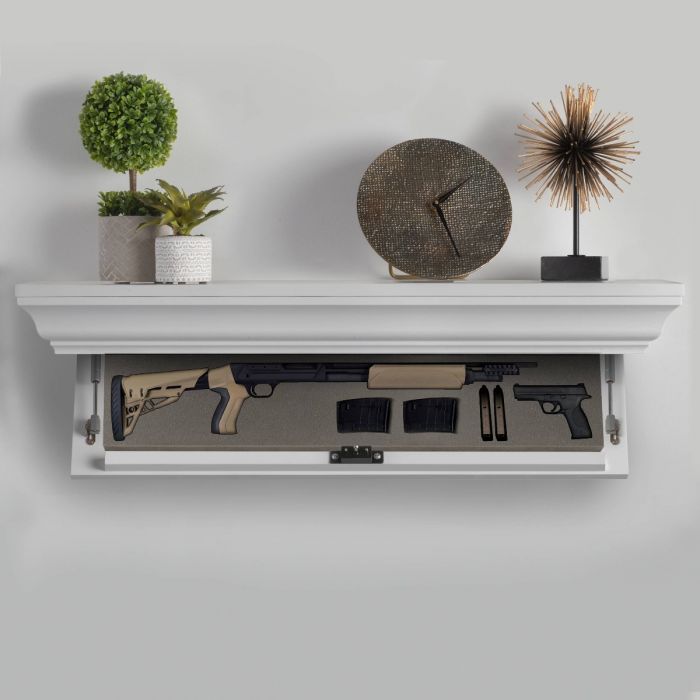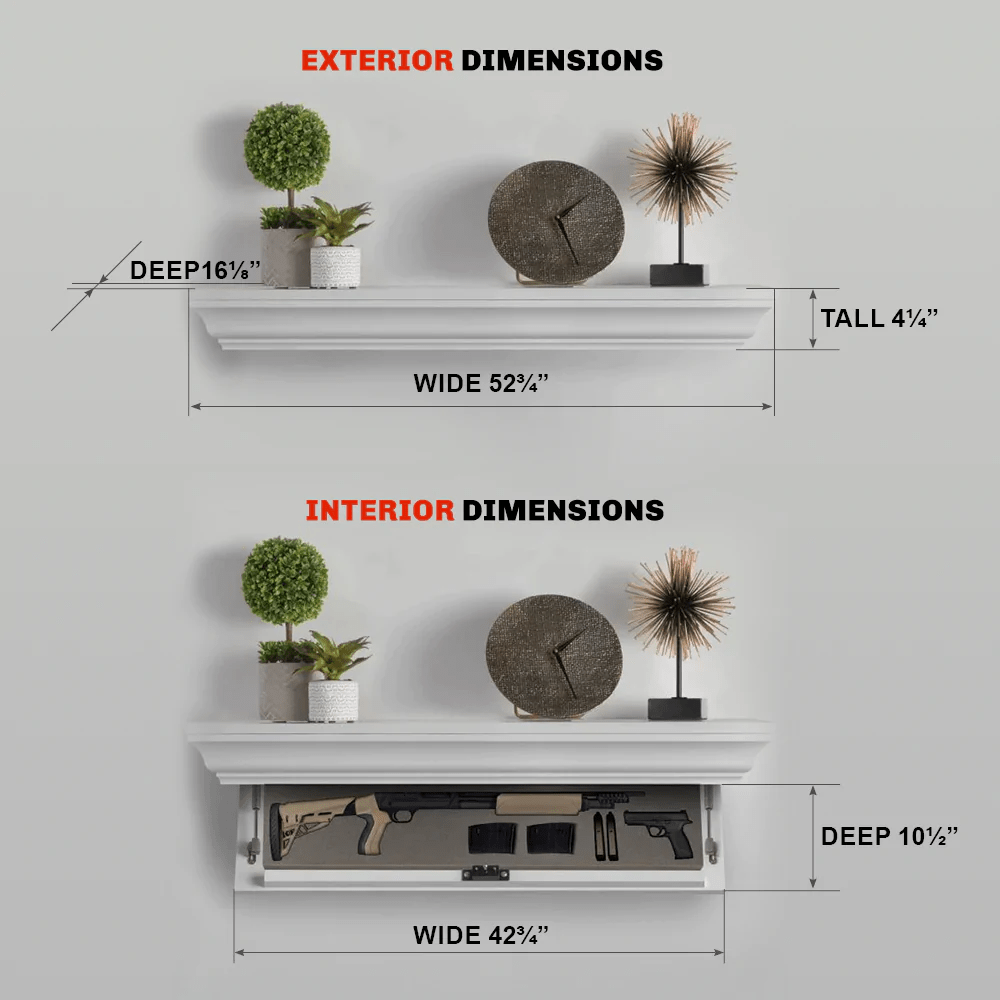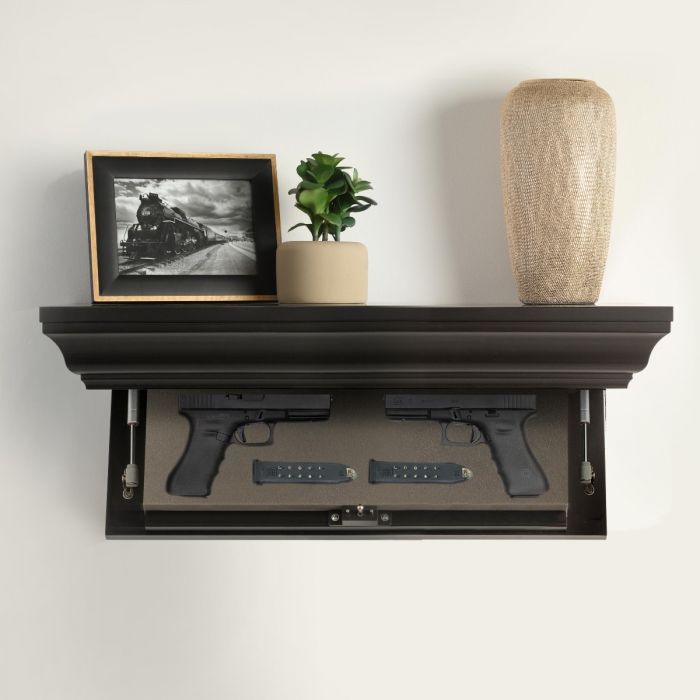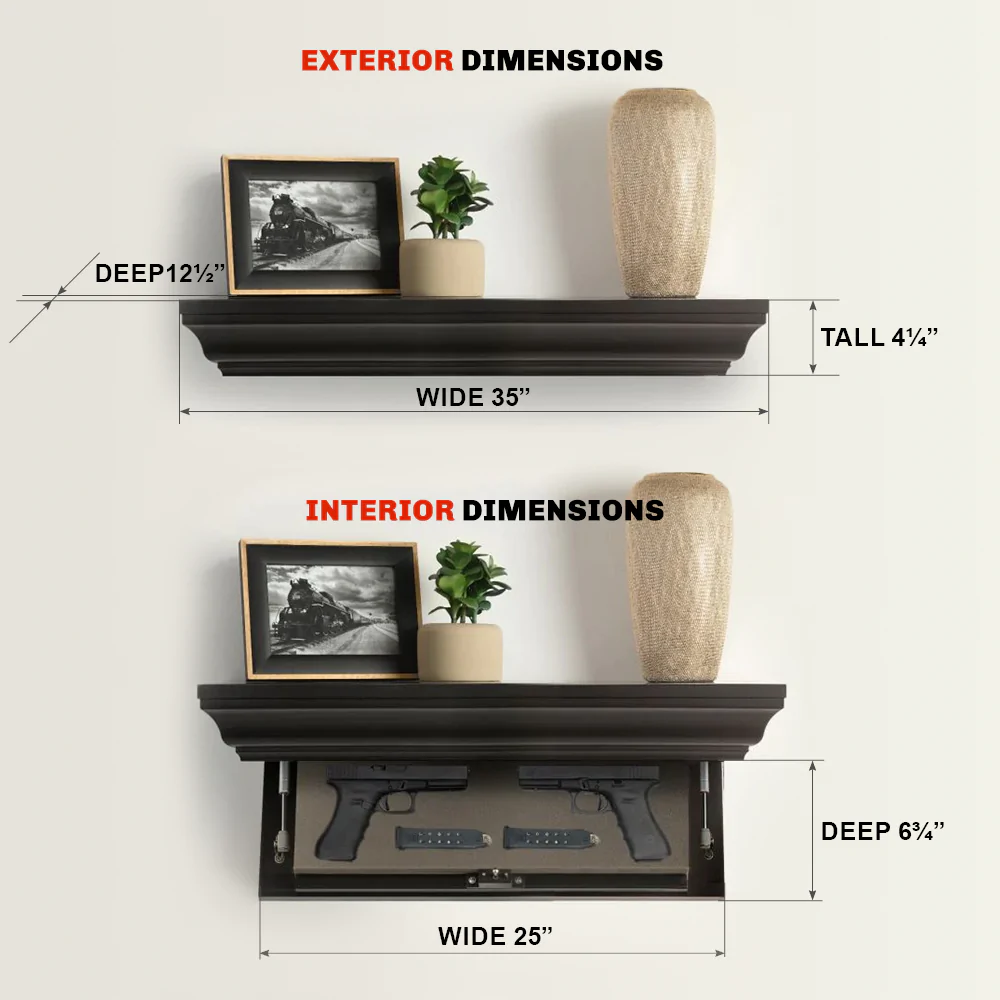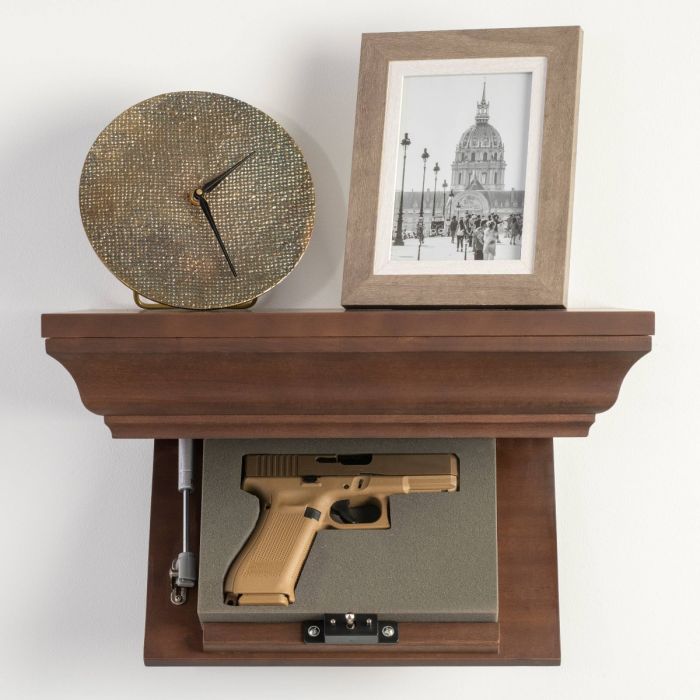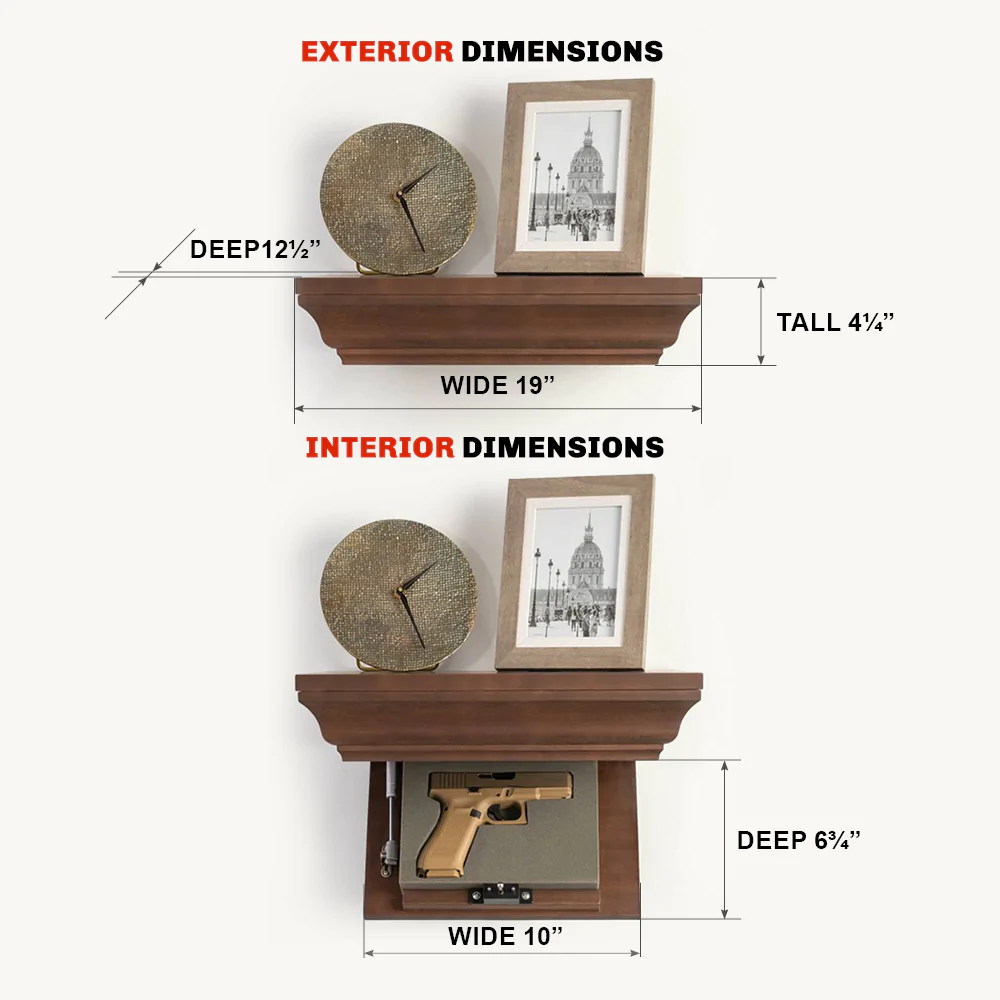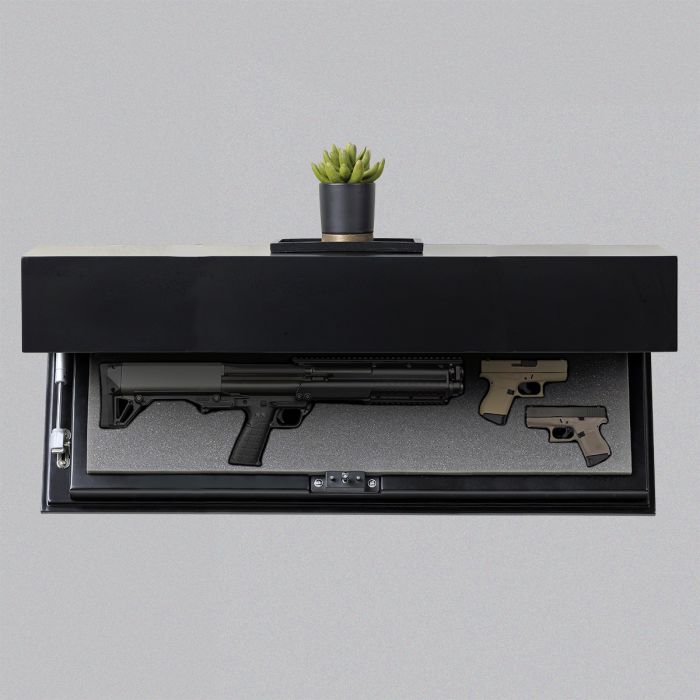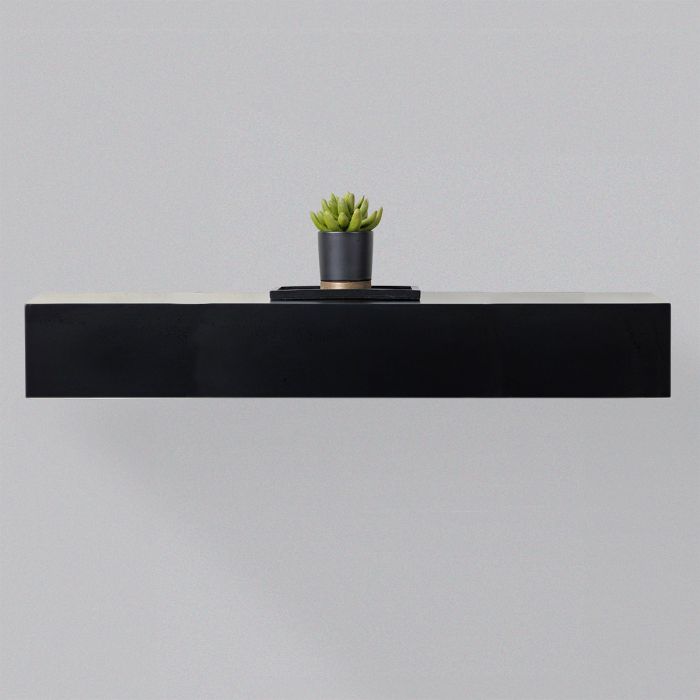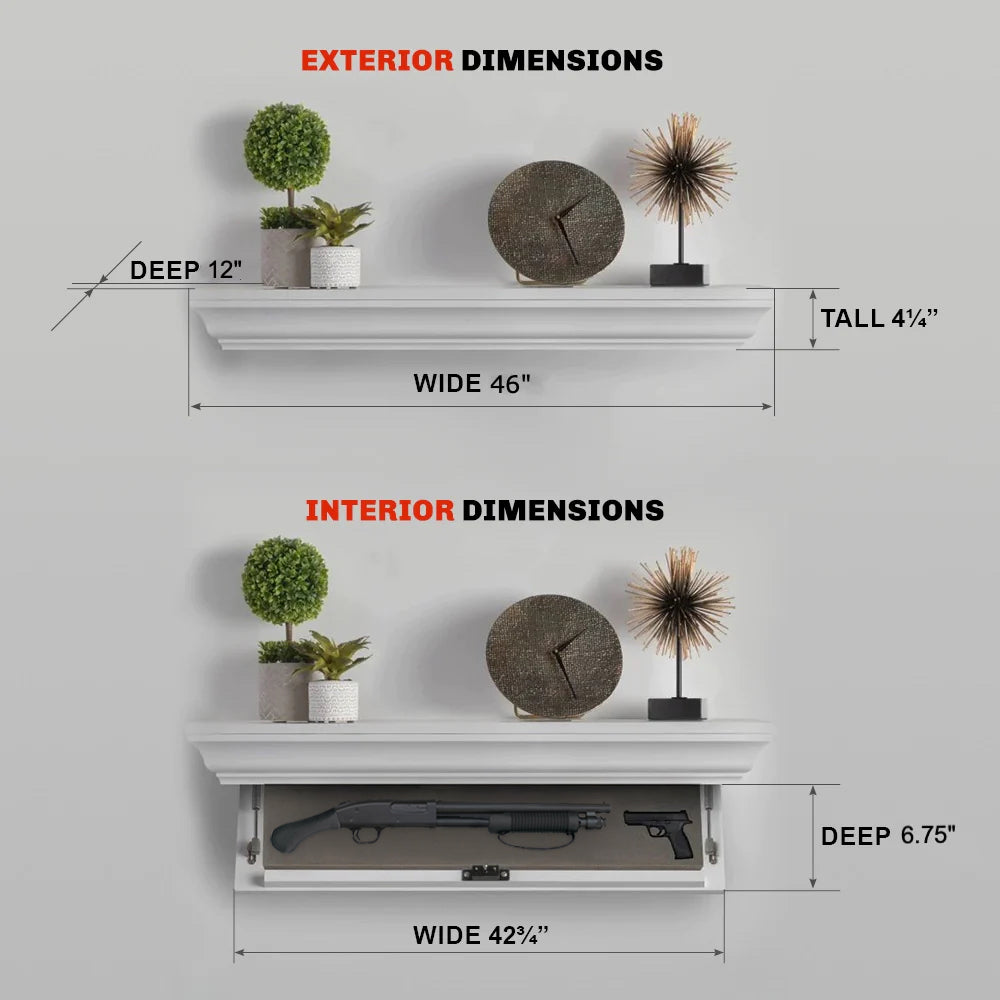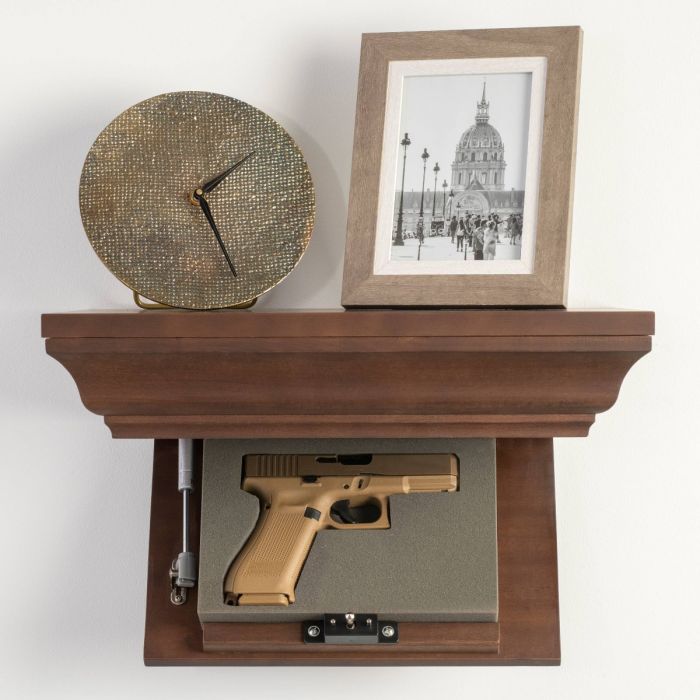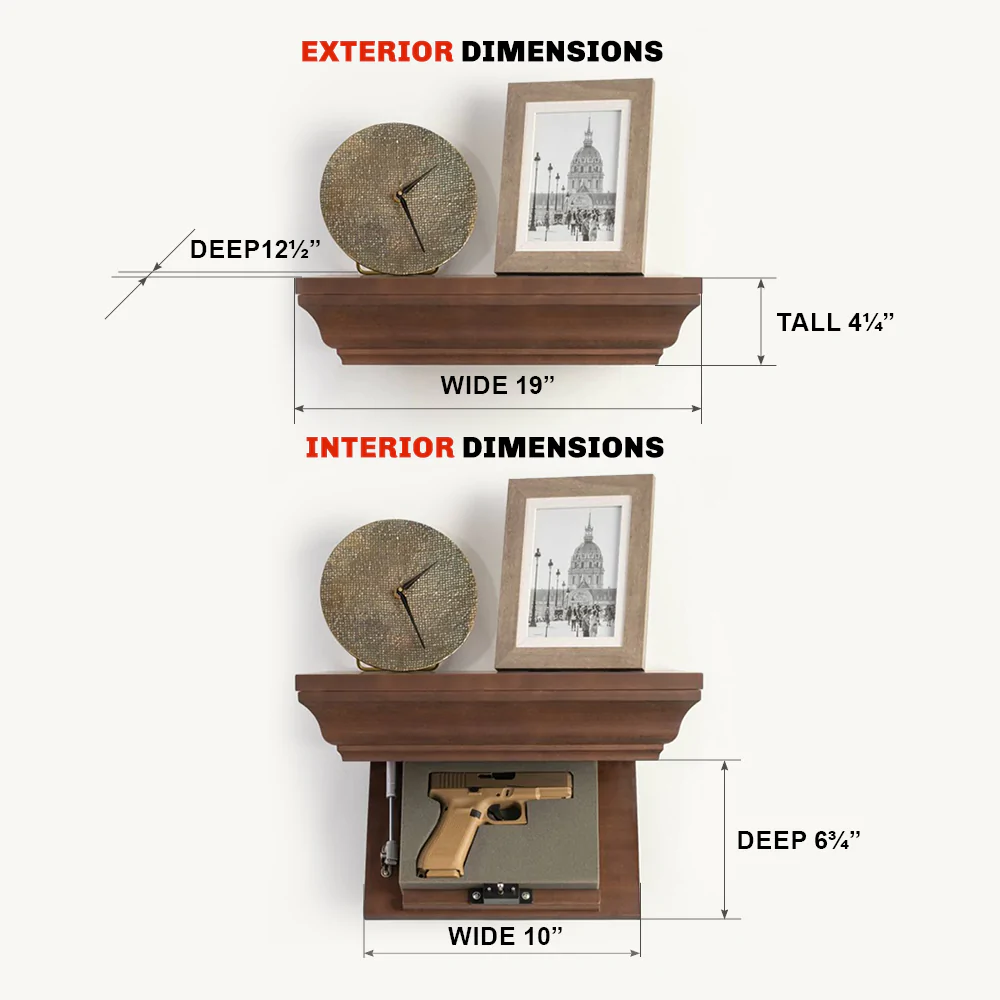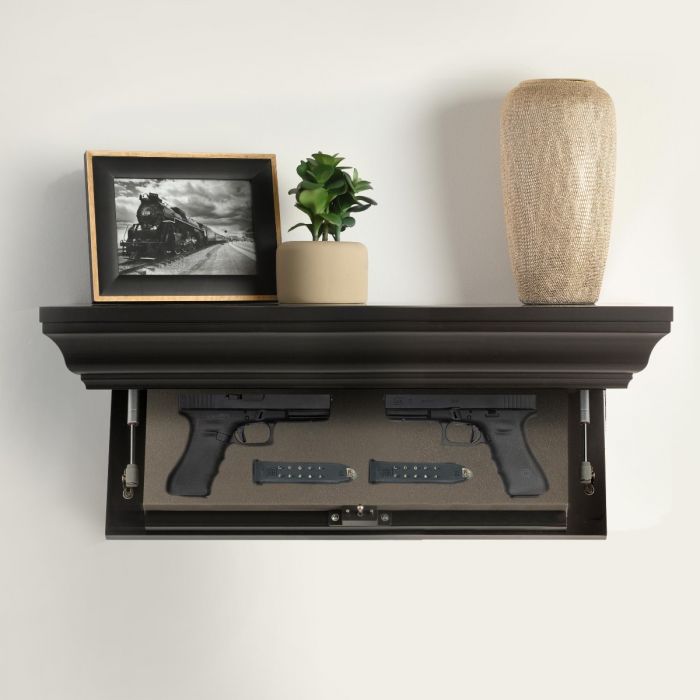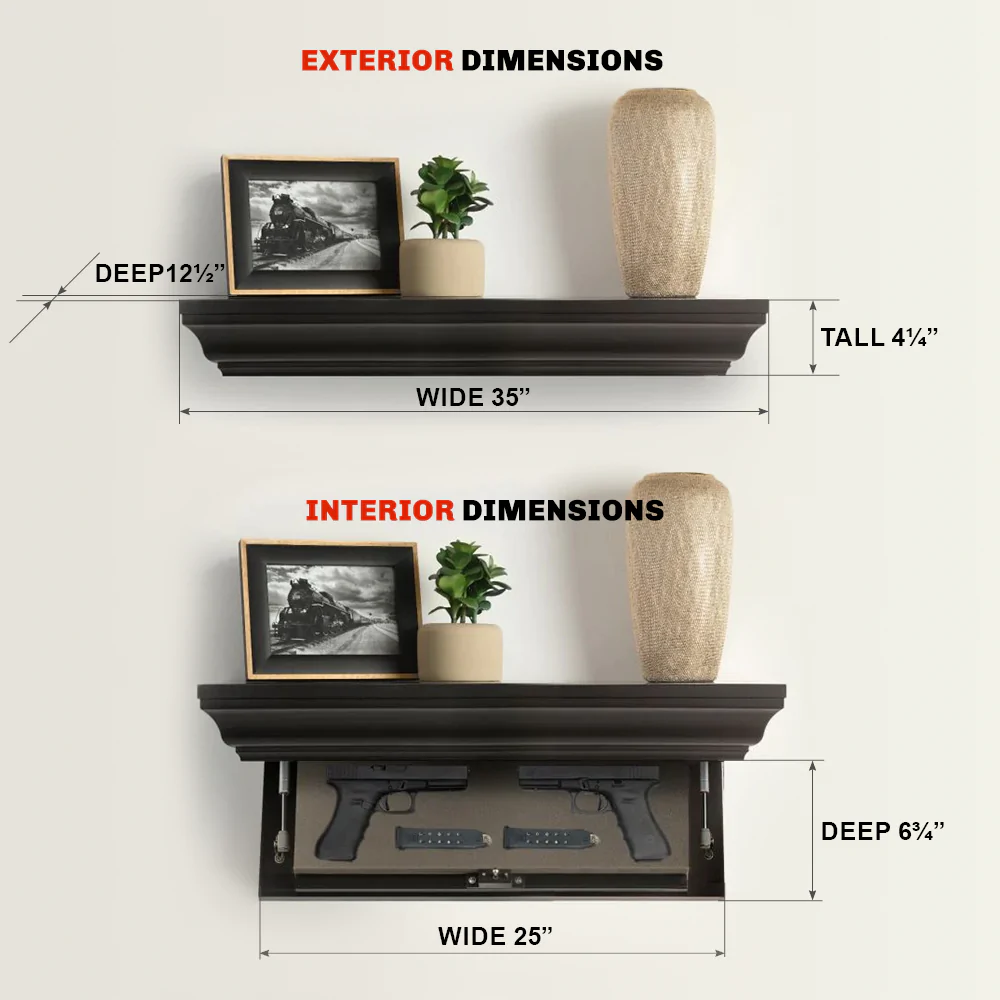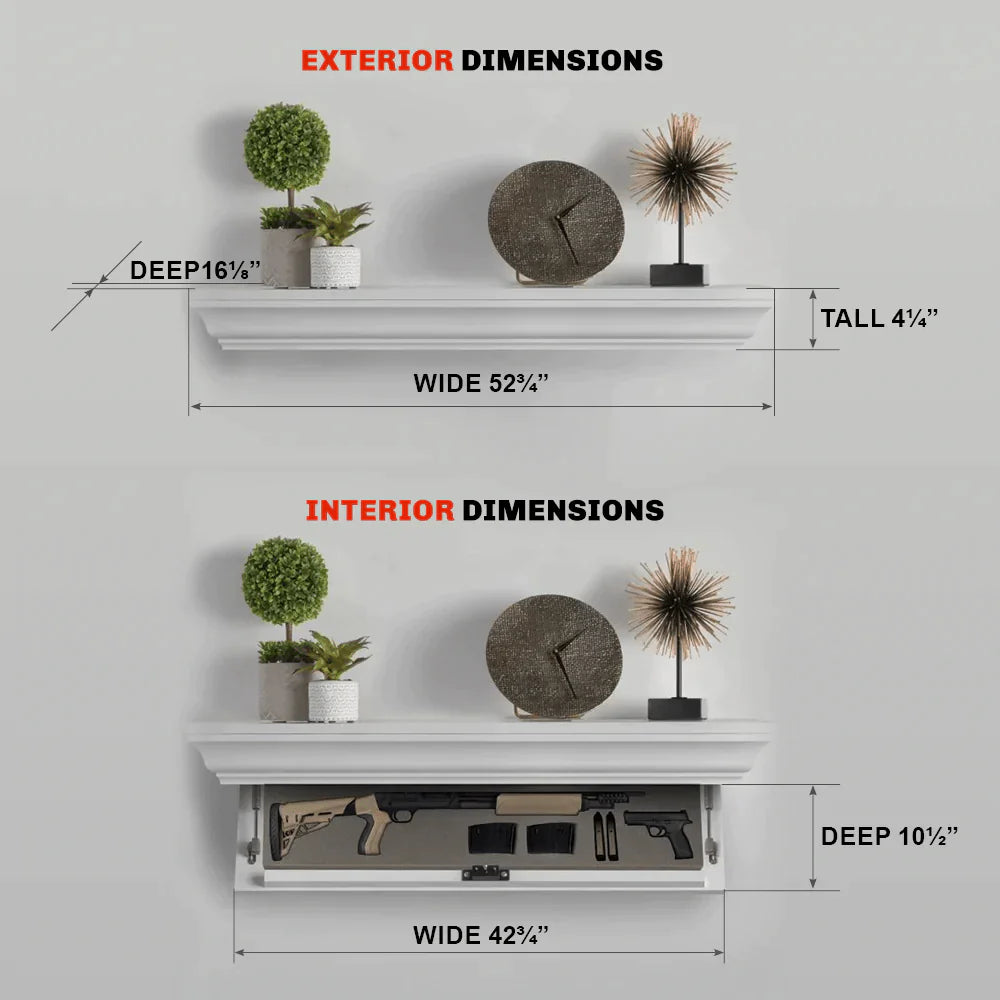Concealed carry is a serious responsibility, and choosing the right position to carry your firearm can significantly impact your comfort, accessibility, and ability to effectively defend yourself. In this video, the good folks at USCCA delves into the various concealed carry positions, discussing their advantages, disadvantages, and the factors to consider when selecting the optimal carry position for your lifestyle and needs.
When it comes to concealed carry and concealment furniture, there's no one-size-fits-all solution. Different individuals have different body types, clothing styles, and preferences, all of which influence the most suitable carry position. However, by exploring the common concealed carry positions, you can make an informed decision that enhances both your comfort and your ability to respond quickly in a critical situation.
-
Appendix Carry: Appendix carry involves positioning the firearm at the front of the body, typically around the waistband area. This position offers excellent concealment and fast access to the weapon, making it popular among those who prioritize speed and discretion. However, it may not be suitable for individuals with larger frames or who find it uncomfortable to have a firearm pressing against their abdomen.
-
Hip Carry (3 o'clock and 4 o'clock): Hip carry refers to carrying the firearm on either side of the body, near the hip area. This position is widely favored for its comfort and accessibility, allowing for a natural draw motion. However, hip carry may require adjustments to clothing choices to prevent printing (visible outline of the firearm through clothing), and it may be less discreet than other carry positions in certain situations.
-
Small of Back Carry: Small of back carry involves positioning the firearm at the lower back, offering good concealment and ease of access for individuals who prefer to draw with their dominant hand. However, this position can be uncomfortable when sitting or driving for extended periods, and it may increase the risk of injury to the spine in the event of a fall.
-
Ankle Carry: Ankle carry entails securing the firearm around the ankle, typically using a specialized holster. This position is ideal for individuals who require deep concealment or who have limited options for carrying on the waistband. However, ankle carry may impede movement and require additional time to access the weapon, making it less suitable for situations requiring rapid response.
-
Shoulder Carry: Shoulder carry involves wearing a holster under a jacket or coat, positioning the firearm on the side or across the chest. This position offers excellent concealment, especially in colder climates where layering clothing is common. However, shoulder carry may be less comfortable during warmer weather or for individuals with shoulder mobility issues.
When selecting a concealed carry position or how to store your handgun safely, it's essential to consider various factors, including body type, clothing choices, daily activities, and personal preferences. Experimenting with different positions and holsters can help you determine the most comfortable and effective carry method for your unique circumstances.
Choosing the right concealed carry position is a crucial decision for anyone who carries a firearm for self-defense and is just as important as how store your handgun at home. By understanding the advantages and disadvantages of each position and considering individual preferences and lifestyle factors, you can confidently select a carry method that maximizes both comfort and readiness. Remember, responsible concealed carry requires ongoing training, practice, and adherence to legal regulations to ensure your safety and the safety of those around you.

